Nikola Tesla, born in 1856, was a brilliant inventor and visionary whose ideas shaped the modern world. Known for his work in electricity and magnetism, he developed groundbreaking technologies that still impact our lives today. His contributions to alternating current (AC) power systems revolutionized how we use electricity. Despite facing many challenges, Tesla’s genius continues to inspire innovation and scientific exploration.
Tesla’s Vision of Wireless Energy Transmission
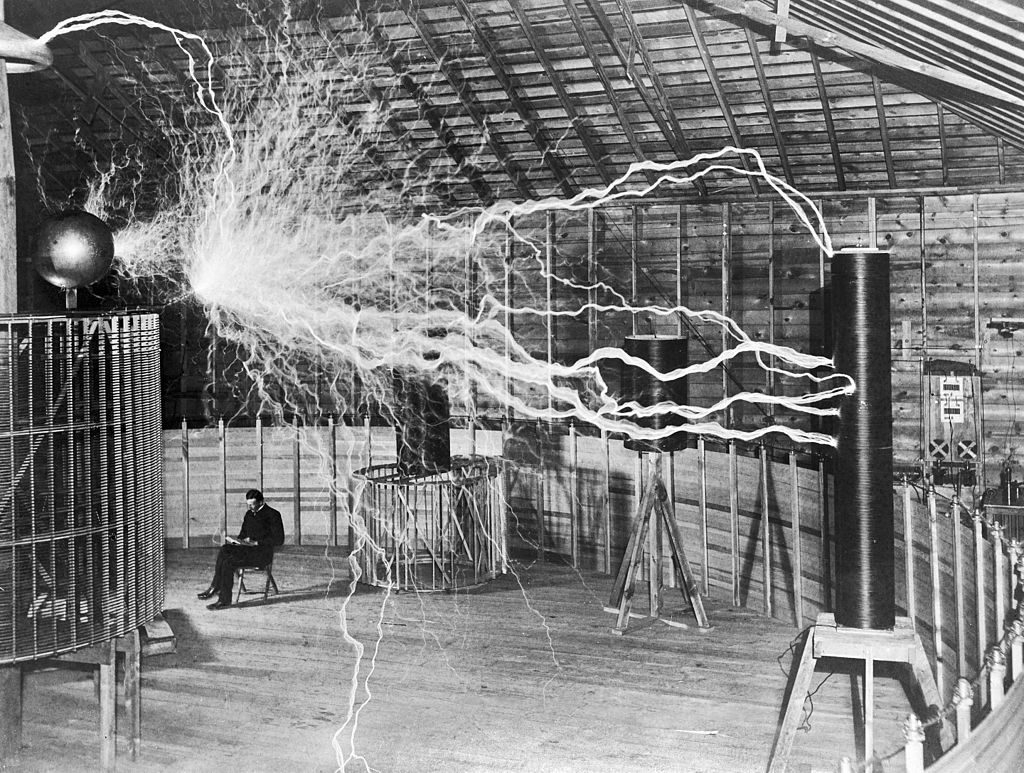
Nikola Tesla believed in a world where energy could be transmitted wirelessly across vast distances. His invention, the Tesla coil, was an early step toward this dream. He imagined that people could power their homes and cities without the need for wires or traditional power grids. While his vision wasn’t fully realized in his lifetime, modern technology continues to build upon this idea. Today, wireless charging and other innovations echo Tesla’s groundbreaking work.
The Creation of the Alternating Current (AC) System
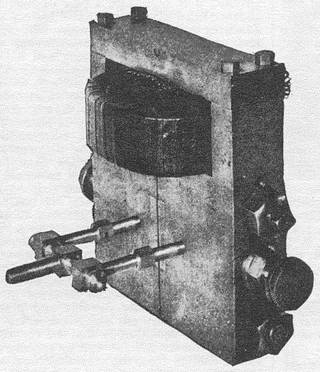
Tesla’s most significant contribution was the development of the AC electrical system. At the time, Thomas Edison’s direct current (DC) was the standard, but it had limitations. Tesla’s AC system allowed electricity to travel longer distances with less loss of power. This breakthrough paved the way for modern electrical grids that power cities today. Without Tesla, our world’s energy infrastructure would look very different.
Tesla’s Dream of a Global Wireless Communication System
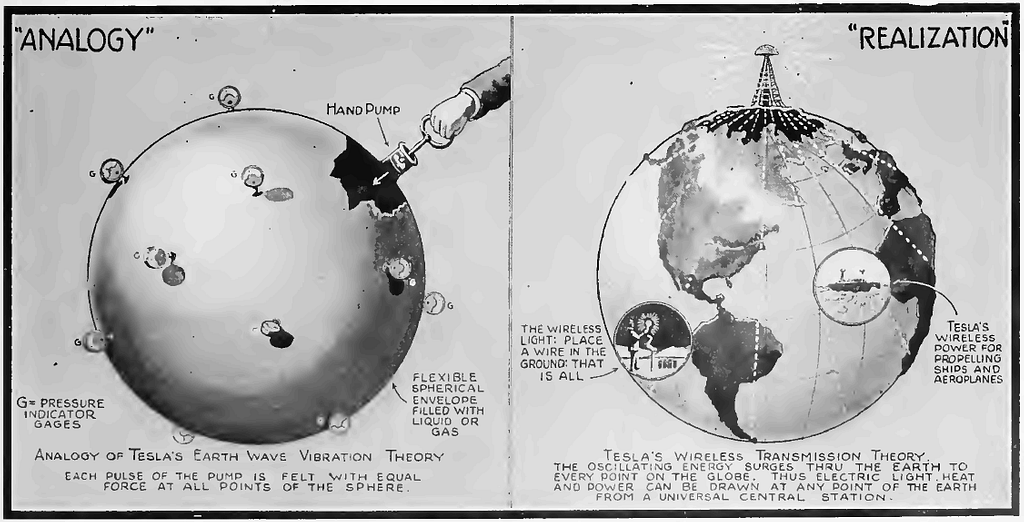
Tesla envisioned a global communication network that could instantly send messages wirelessly. He experimented with his Wardenclyffe Tower project, hoping to make global communication possible. Although the project was ultimately abandoned, Tesla’s vision was a precursor to today’s internet and mobile communication systems. His forward-thinking ideas were often years ahead of their time. The tower may not have succeeded, but its influence remains visible in our connected world.
The Invention of the Induction Motor
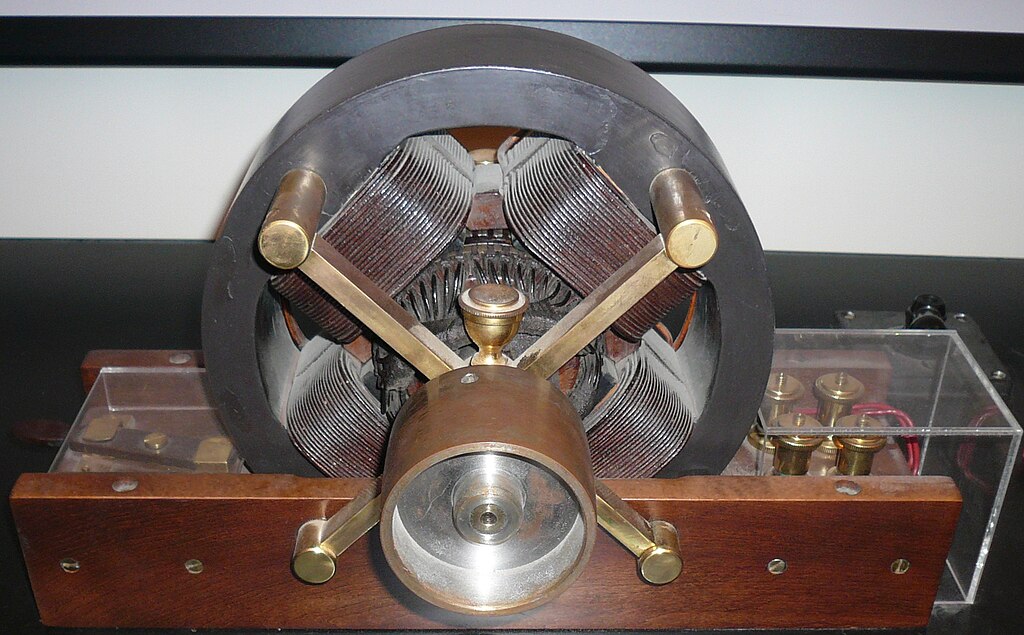
Tesla’s invention of the induction motor was a game-changer in the world of machinery. Unlike other motors, Tesla’s design used alternating current and didn’t require brushes, making it more efficient and durable. This innovation is still widely used today in everything from household appliances to industrial machinery. It’s a testament to Tesla’s ability to create solutions that have long-lasting impact. His motor helped shape modern mechanical engineering.
Tesla’s Obsession with Pigeons

Despite his scientific brilliance, Tesla had some eccentric habits, one of which was his deep affection for pigeons. He spent countless hours feeding and caring for these birds in New York City parks. Tesla once admitted that he felt a special connection to a particular white pigeon, claiming he loved it as one would love a human. This unusual behavior humanized Tesla, showing that even geniuses have personal quirks. His love for pigeons was one of the more peculiar aspects of his life.
His Role in X-Ray Development
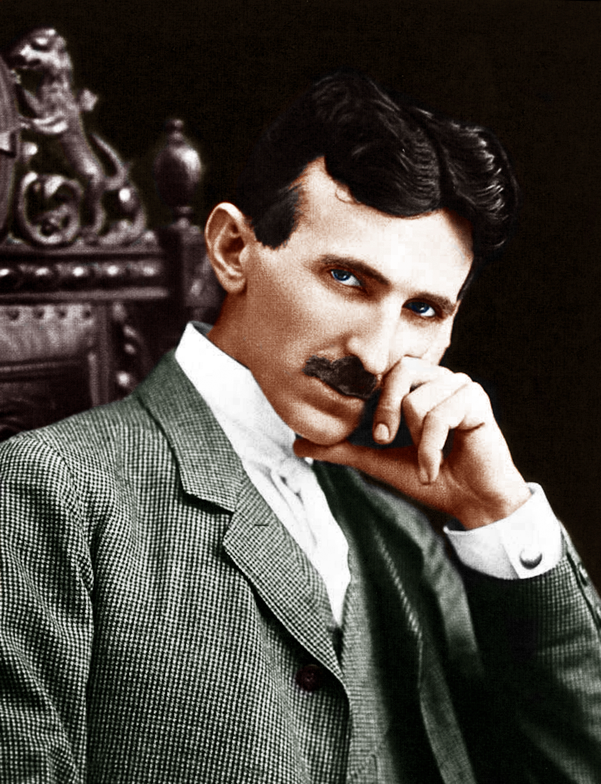
While Tesla is not typically credited for the invention of the X-ray, he played a key role in its development. He experimented with early forms of X-ray technology, even creating some of the first X-ray images. Tesla recognized the potential of these rays for medical use, long before they became commonplace in healthcare. His experiments laid important groundwork for future scientific discoveries. Though others took credit, Tesla’s contributions were essential.
Tesla’s Prediction of Smart Technology
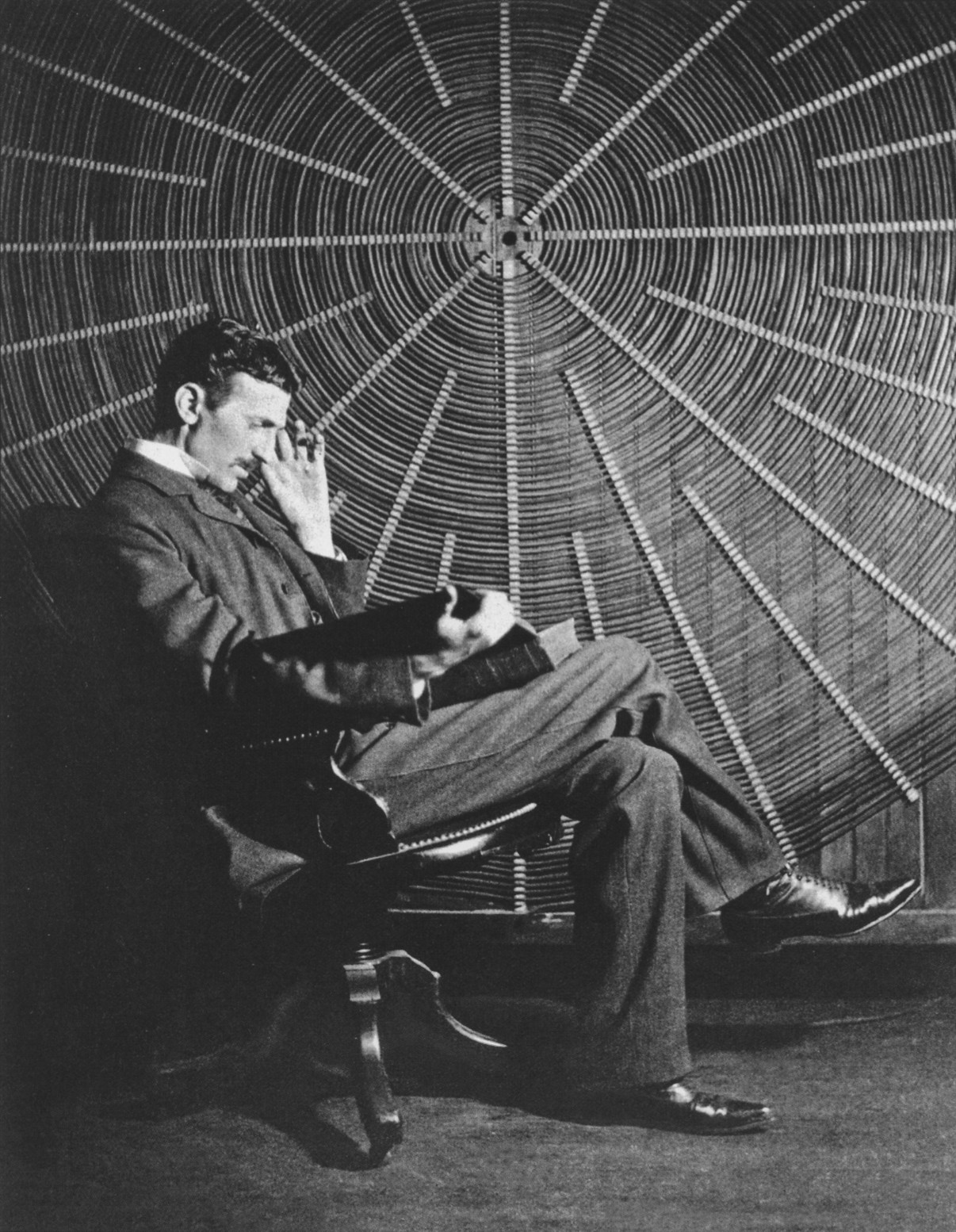
Tesla often spoke about the future of technology, predicting inventions that seemed far-fetched at the time. He foresaw devices that could transmit information and media wirelessly, an early concept of today’s smartphones. Tesla imagined a world where people could carry pocket-sized devices to communicate and access information. His predictions about the future of communication were incredibly accurate, even if he didn’t live to see them realized. His visionary ideas continue to influence modern tech advancements.
The Tesla Coil’s Lasting Legacy
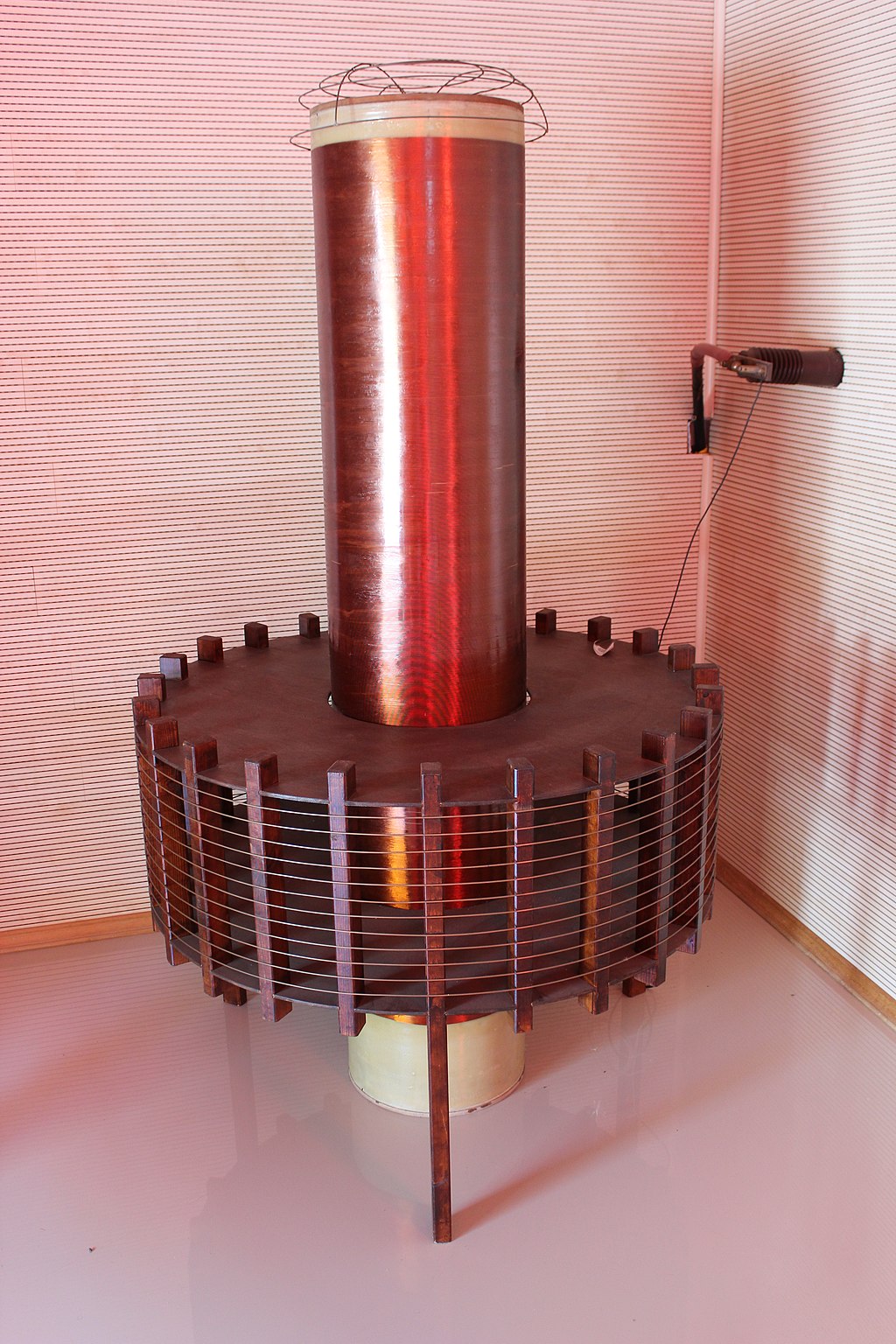
Tesla’s invention of the Tesla coil revolutionized how electricity could be manipulated and displayed. While it started as an experiment in wireless energy transmission, the coil has found its place in modern technology, particularly in radio and television. It also became a popular tool for demonstrating electrical principles in science education. The dramatic lightning-like discharges it creates have made it a staple in science museums and classrooms. Tesla’s coil remains an iconic symbol of his genius.
Tesla’s Quiet Struggles with Mental Health
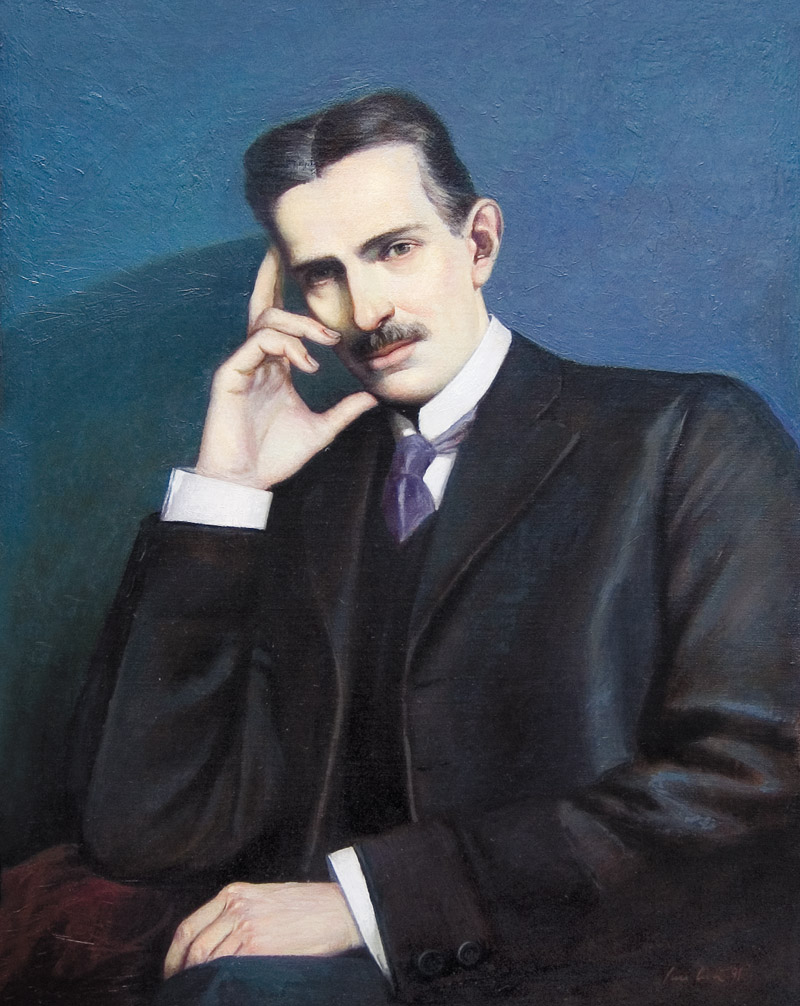
Though Tesla was a genius, he wasn’t immune to personal struggles. Throughout his life, he dealt with episodes of anxiety, obsessive-compulsive tendencies, and depression. These challenges often isolated him from others and made his later years particularly difficult. Despite this, Tesla continued to innovate and push the boundaries of science. His ability to create under such pressure is a testament to his resilience.
Tesla’s Rivalry with Edison
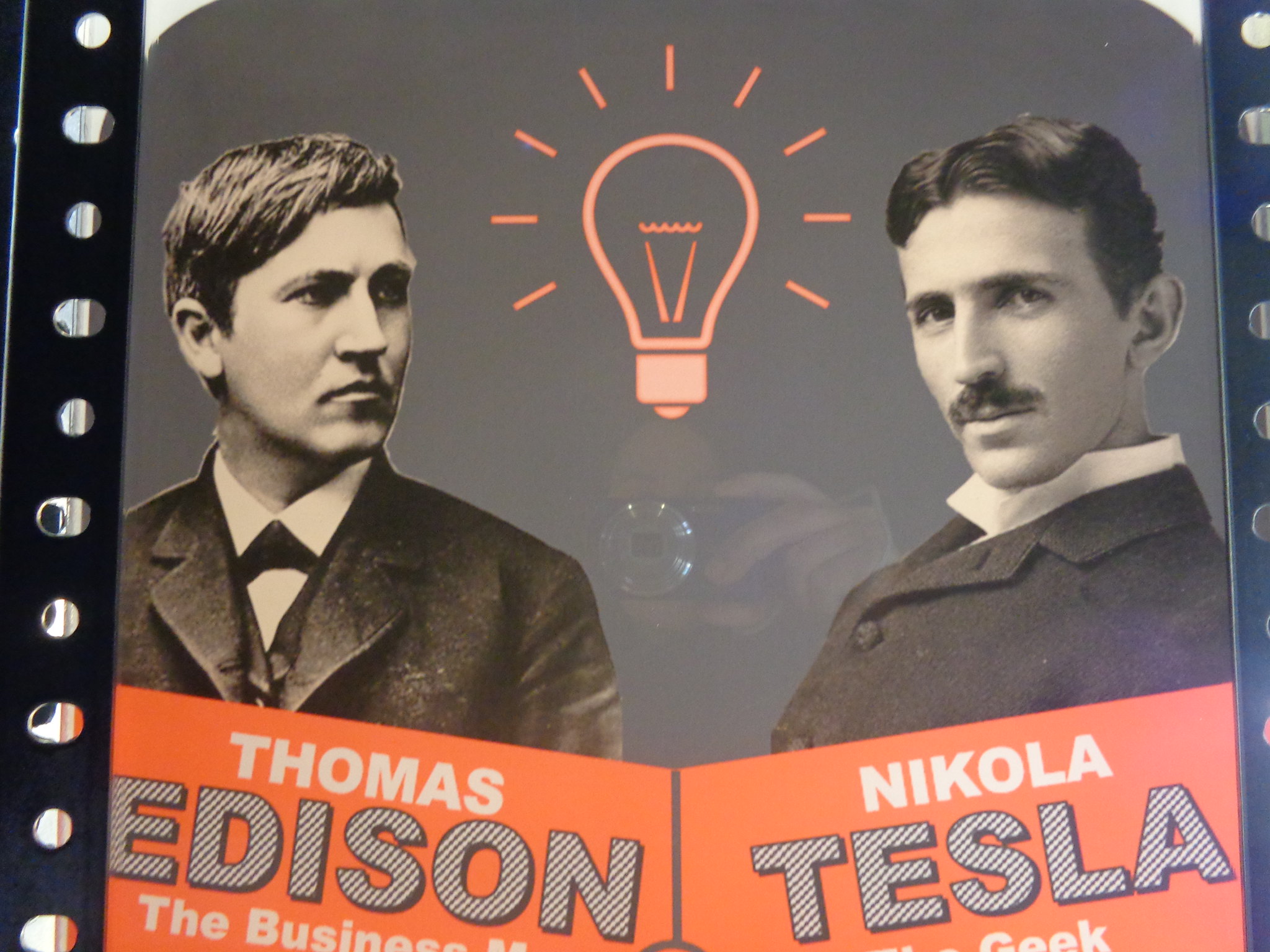
Tesla’s rivalry with Thomas Edison is one of the most famous feuds in scientific history. Edison favored direct current (DC), while Tesla championed alternating current (AC). The two clashed over the future of electricity, with Edison even resorting to smear campaigns against Tesla’s AC system. Ultimately, Tesla’s AC technology won, powering homes and businesses worldwide. Their rivalry remains a key chapter in the story of electrical innovation.
Tesla’s Work on Hydroelectric Power

Tesla’s work at Niagara Falls demonstrated the power of hydroelectric energy. He helped design one of the world’s first hydroelectric power plants, using the force of the falls to generate electricity. This success proved that renewable energy could power large areas and paved the way for future sustainable energy efforts. Tesla’s role in hydroelectricity is a reminder of his dedication to creating clean, renewable power sources. His work continues to inspire modern environmental efforts.
His Vision for Flying Machines
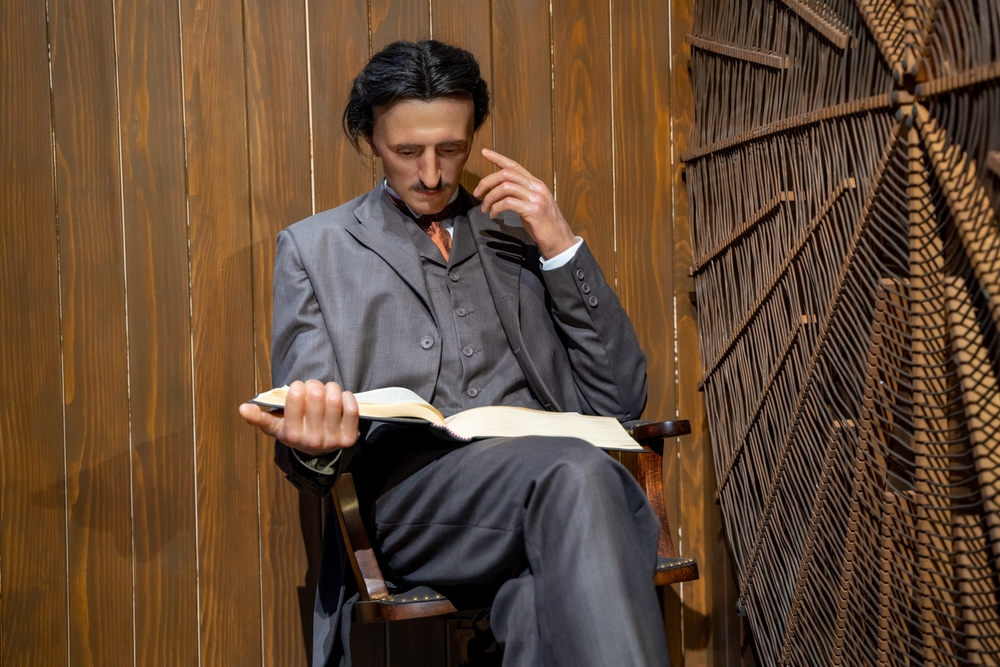
Tesla didn’t just limit his imagination to electricity; he also had bold ideas about flight. He proposed designs for flying machines that would operate using wireless energy, much like drones or modern aircraft. While these ideas never took off during his lifetime, his thinking was ahead of its time. Today, drones and electric aircraft are being developed, echoing Tesla’s futuristic concepts. His ideas about flight highlight the breadth of his genius.
Tesla’s Contributions to Robotics
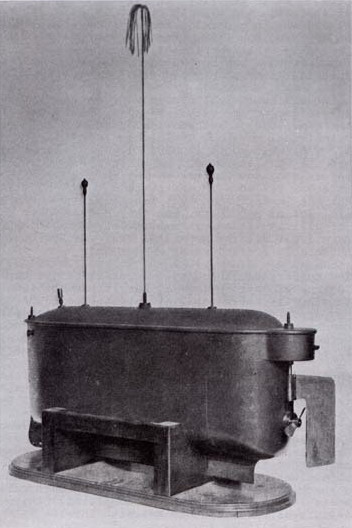
Tesla’s work laid the groundwork for modern robotics. He developed a remote-controlled boat, showcasing the potential of automation and robotics. Tesla believed that machines would one day take over many of the tasks humans performed, a prediction that aligns with today’s robotics and AI advancements. His early experiments with automation were revolutionary, demonstrating his forward-thinking approach to technology. Tesla’s robotic dreams are becoming a reality in today’s tech-driven world.
His Experience of Lightning Strikes
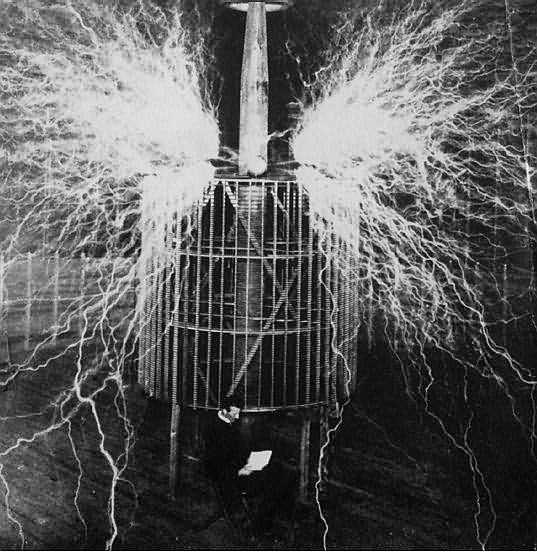
Tesla was famously fascinated by lightning and nature’s electrical forces. In fact, he claimed to have been struck by lightning multiple times throughout his life. This fascination drove much of his research into electricity and energy. Tesla often incorporated his observations from nature into his experiments, blending science and the natural world. His deep connection to electricity wasn’t just intellectual—it was personal.
Tesla’s Desire for Free Energy for All
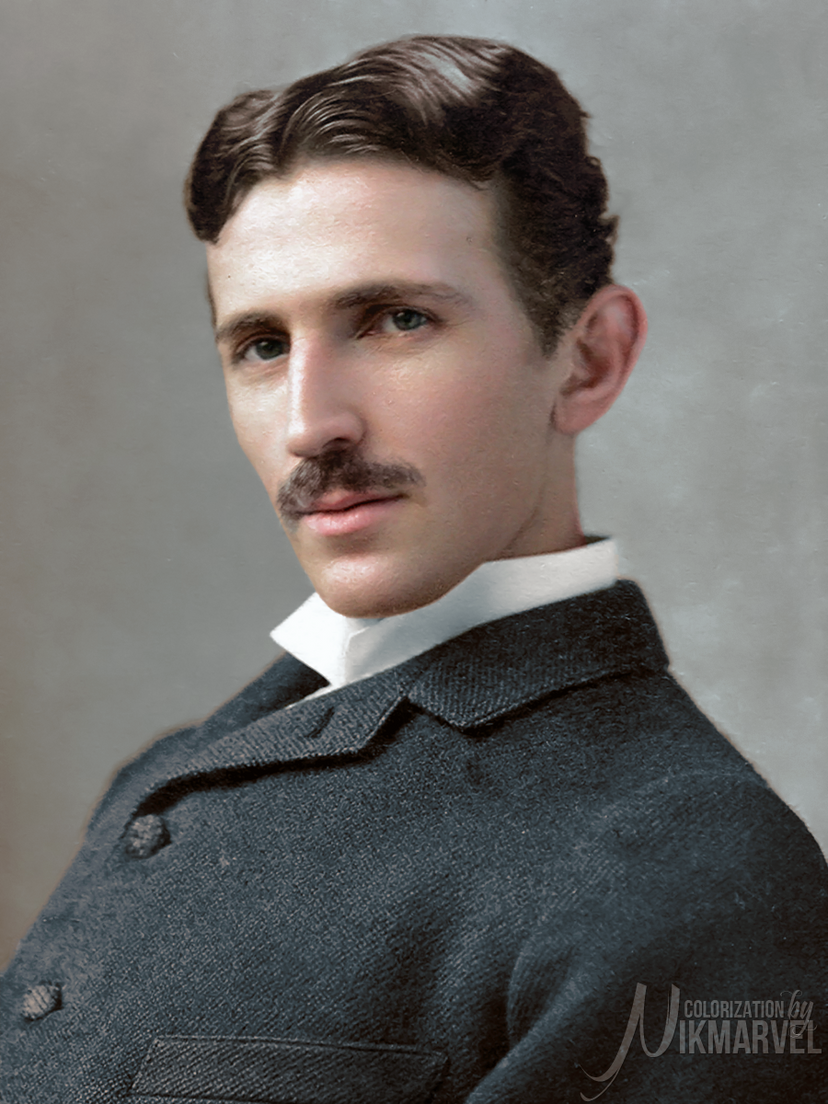
Tesla believed that energy should be free and accessible to everyone, regardless of wealth or location. He worked tirelessly on projects that would deliver energy to the masses, with no cost to the consumer. His Wardenclyffe Tower was part of this dream, but financial setbacks prevented him from completing it. While this goal was never fully achieved, Tesla’s vision of democratized energy remains a powerful ideal. His passion for providing free energy highlights his humanitarian spirit.
His Contribution to Neon Lighting
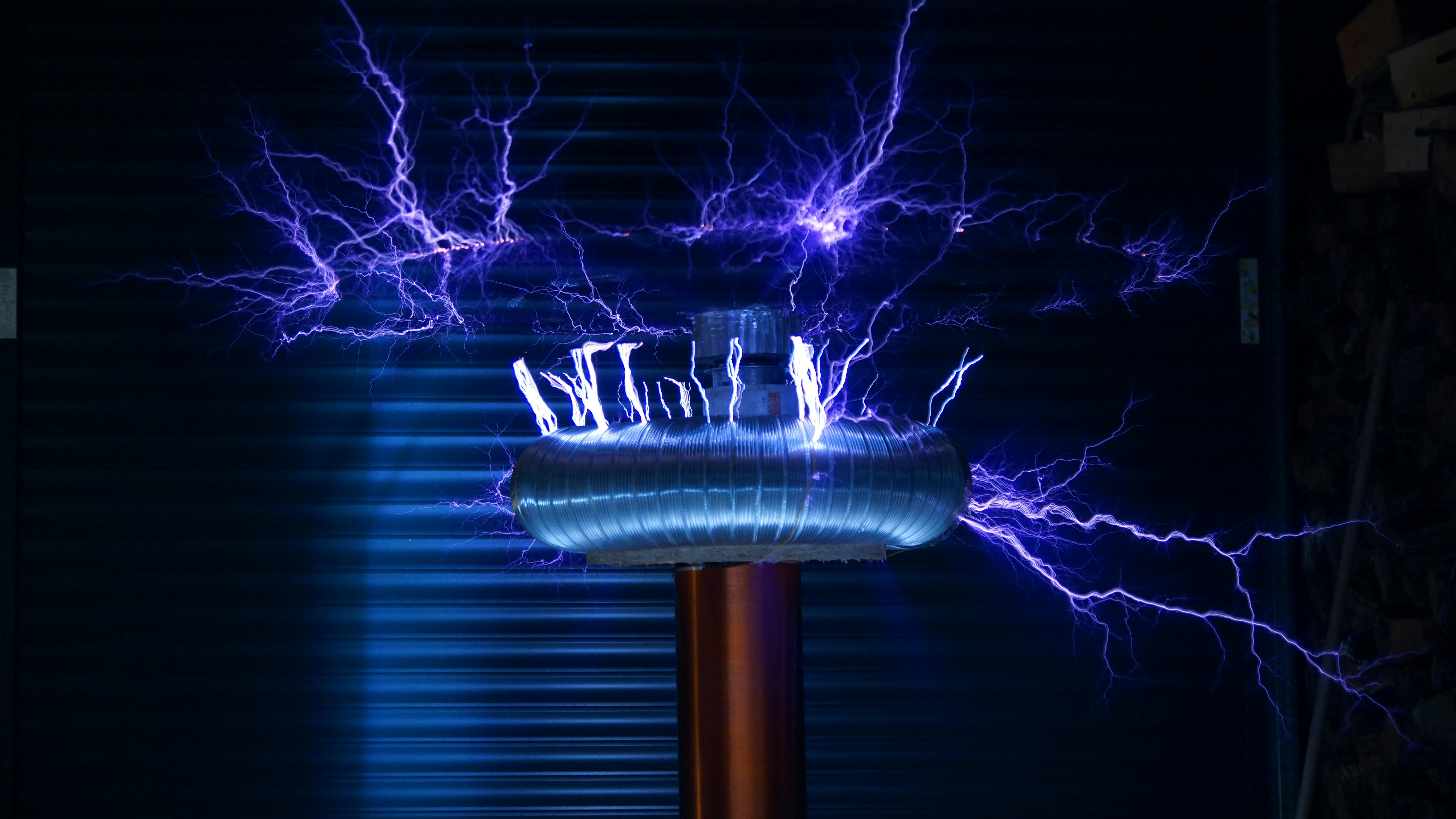
Tesla’s experiments with gas-filled tubes were crucial in developing neon lighting. He demonstrated how these tubes could glow when exposed to electrical currents, a concept that became the basis for modern neon signs. Tesla’s early work in this field paved the way for the vibrant neon lighting seen in cities worldwide. Though often overlooked, his contribution to lighting technology is another example of his genius. Tesla’s legacy shines in more ways than one.
Tesla’s Fascination with the Number Three
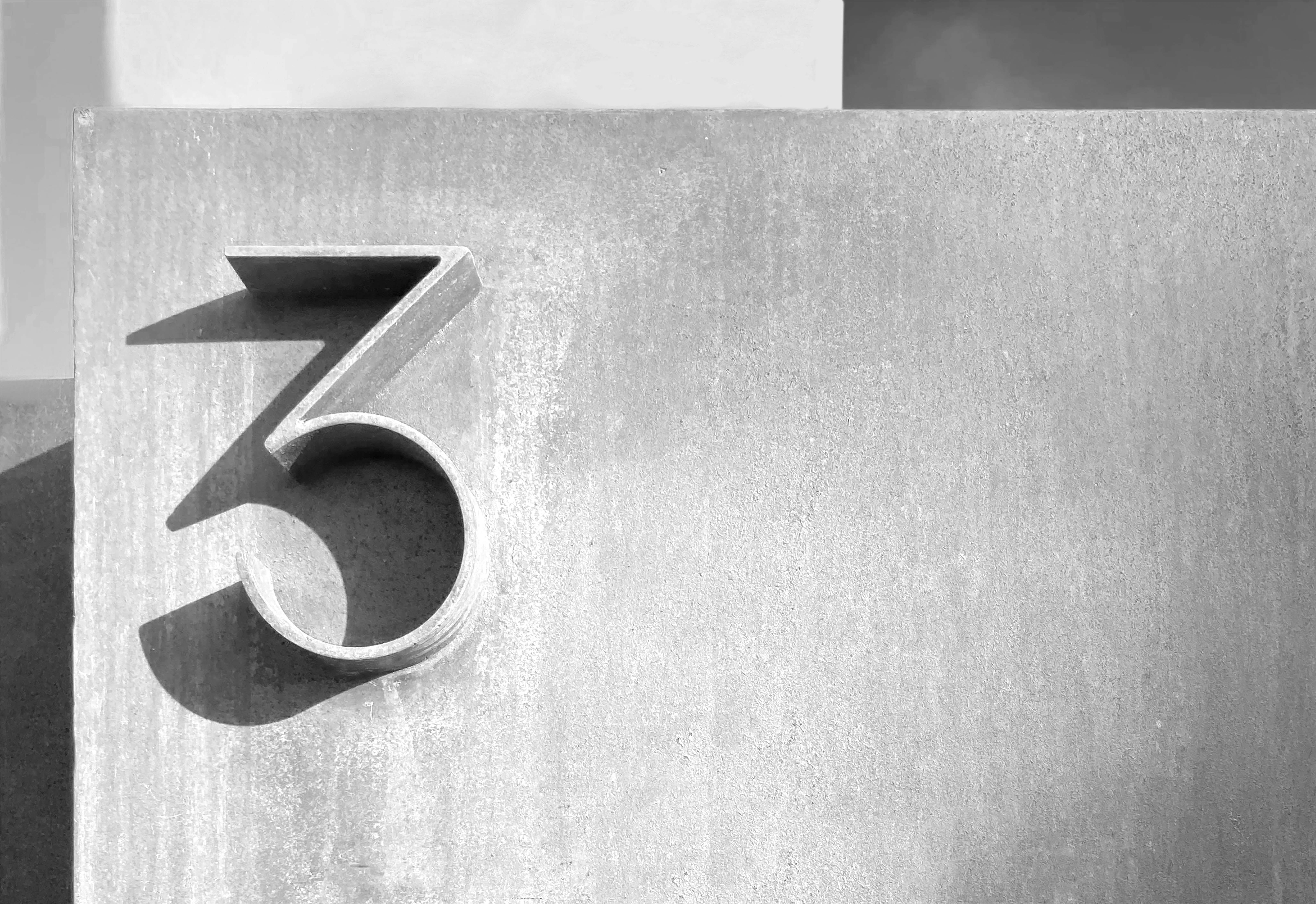
Tesla was known for his obsession with the number three, which influenced his daily life. He would perform certain actions in threes, such as walking around a block three times before entering a building. While some attribute this to his possible obsessive-compulsive disorder, Tesla believed the number held special significance in the universe. His fascination with numbers extended to his scientific work, where patterns and numerical relationships often appeared. This quirk of Tesla’s personality adds another layer to his complex genius.
The Forgotten Invention of the Earthquake Machine
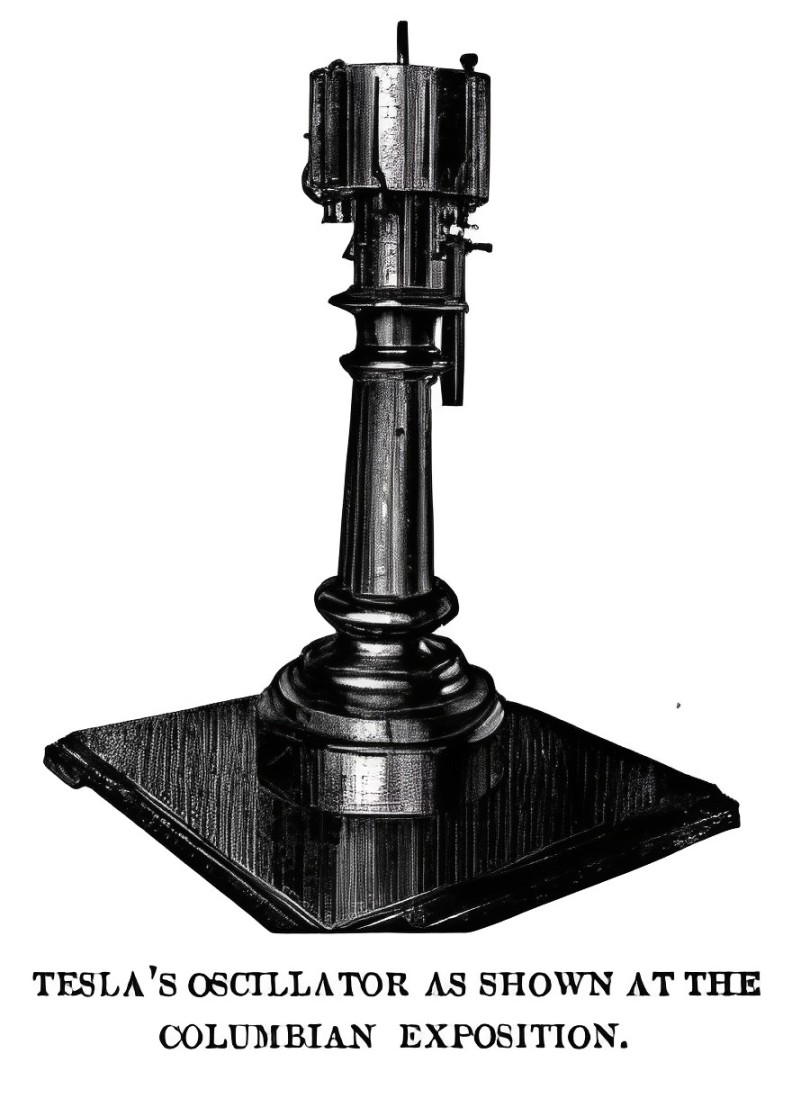
Tesla once claimed to have invented a machine capable of causing small, localized earthquakes. He allegedly tested this device in New York, causing buildings to shake before quickly shutting it down. While the full truth behind this invention is unclear, it adds to the lore surrounding Tesla’s mysterious experiments. The so-called “earthquake machine” remains one of Tesla’s more controversial creations. Whether real or myth, it showcases the boldness of Tesla’s imagination.
Tesla’s Struggles with Fame and Fortune
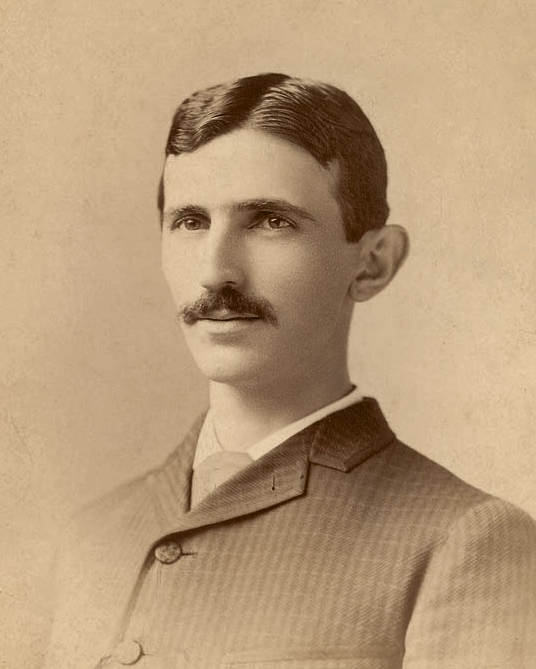
Despite his genius, Tesla often struggled financially and rarely received the fame he deserved during his lifetime. His refusal to focus on monetary gain, combined with a series of poor business decisions, left him in financial ruin. Tesla’s inventions benefited others far more than they did him personally. Toward the end of his life, he lived in modest conditions, often relying on the generosity of friends. His story is a tragic reminder that genius doesn’t always lead to wealth.
The Tragic End to Tesla’s Life
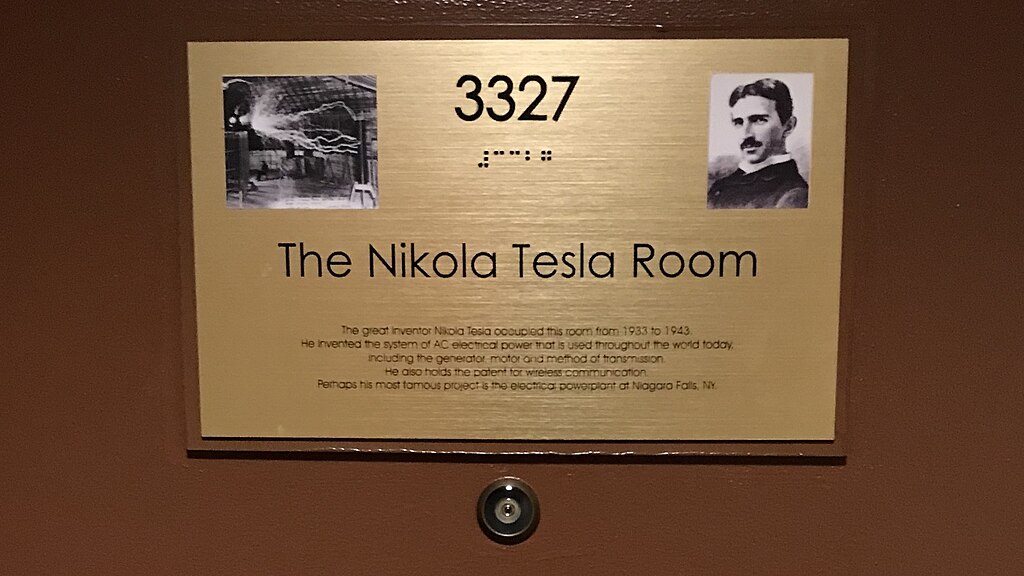
Nikola Tesla died alone in a New York City hotel room in 1943, largely forgotten by the public. Despite his numerous contributions to science and technology, he spent his final years in poverty and isolation. His eccentricity and lack of business acumen prevented him from achieving the recognition he deserved during his lifetime. However, history has since acknowledged Tesla as one of the greatest minds of the 20th century. His legacy lives on through the countless technologies we use today.
This article originally appeared on UnifyCosmos.
More from UnifyCosmos
15 Hidden Secrets of the Construction of Machu Picchu

Machu Picchu, an ancient Incan citadel, holds many mysteries within its stone walls. The construction techniques used remain a topic of fascination for historians and archaeologists alike. Read More
20 Tips for Staying Motivated When Working from Home

Staying motivated while working from home can be challenging, especially with all the distractions. It’s easy to lose focus when your home and work life blend together. Read More
16 Mistakes to Avoid When Decorating Your Home

Decorating your home can be an exciting process, but it’s easy to make mistakes along the way. Avoiding common pitfalls can save you time, money, and frustration. Read More
Leave a Reply